“Shelter” for wild animals
Since early morning, Mr. Nguyen Tat Ha, an employee of the Wildlife Rescue Center of Pu Mat National Park (Con Cuong) has been cleaning the iron cage to prepare to receive a monkey handed over by the Quynh Luu Forest Protection Department. In the middle of the day, this monkey was brought in, wearing a long iron chain on its body, many patches of hair had fallen out, making its skin bare.
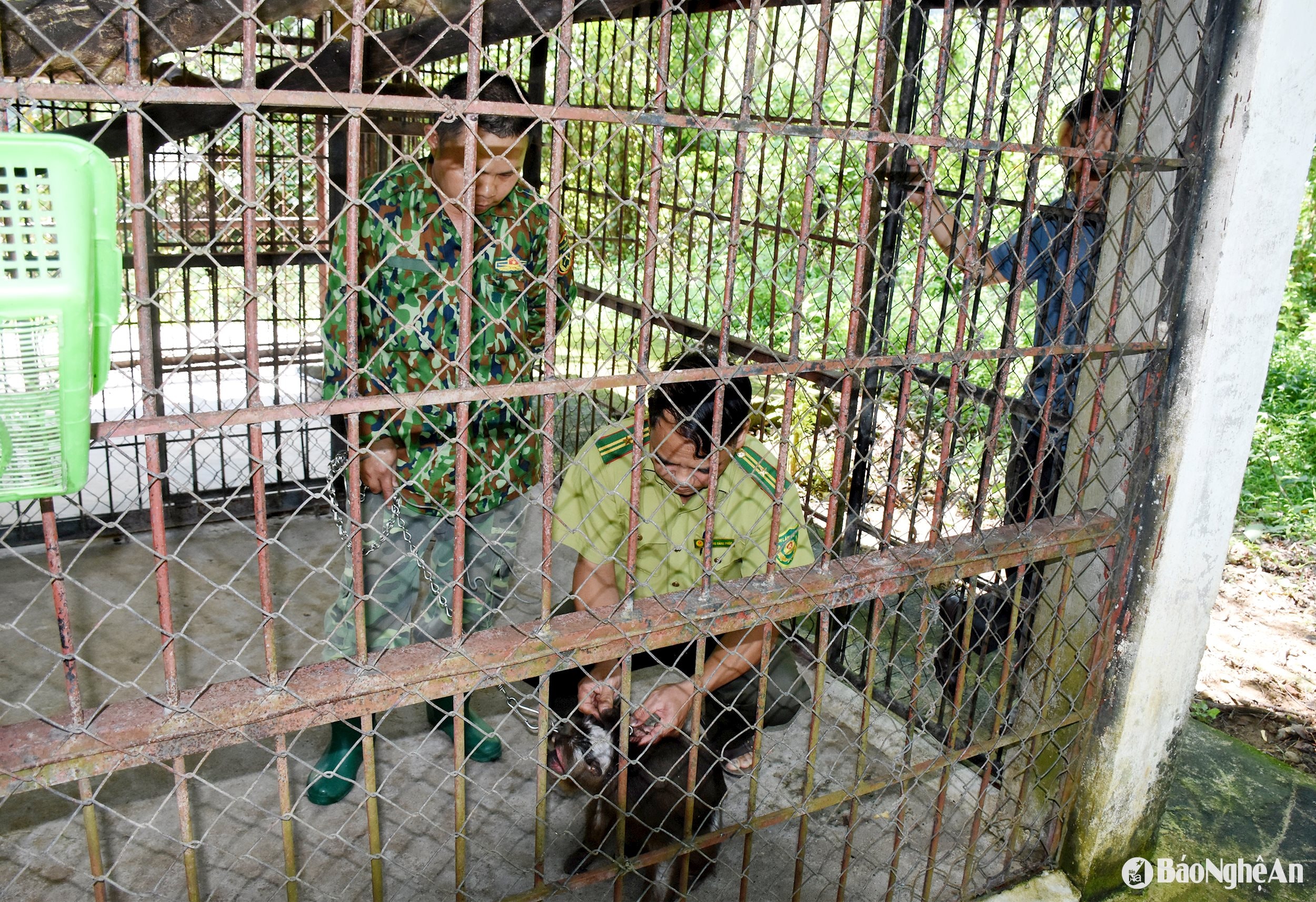
The chain was quickly removed, the monkey was placed in a quarantine area for monitoring, if there was any disease it would be treated; if normal it would be taken to a captive area, and at the appropriate time released into the natural environment.
According to Mr. Nguyen Sy Quoc, the person in charge of the Wildlife Rescue Center, the Center is considered a "temporary shelter" for animals confiscated from hunting and wildlife trading activities throughout the province to be treated and cared for before being released into the wild.
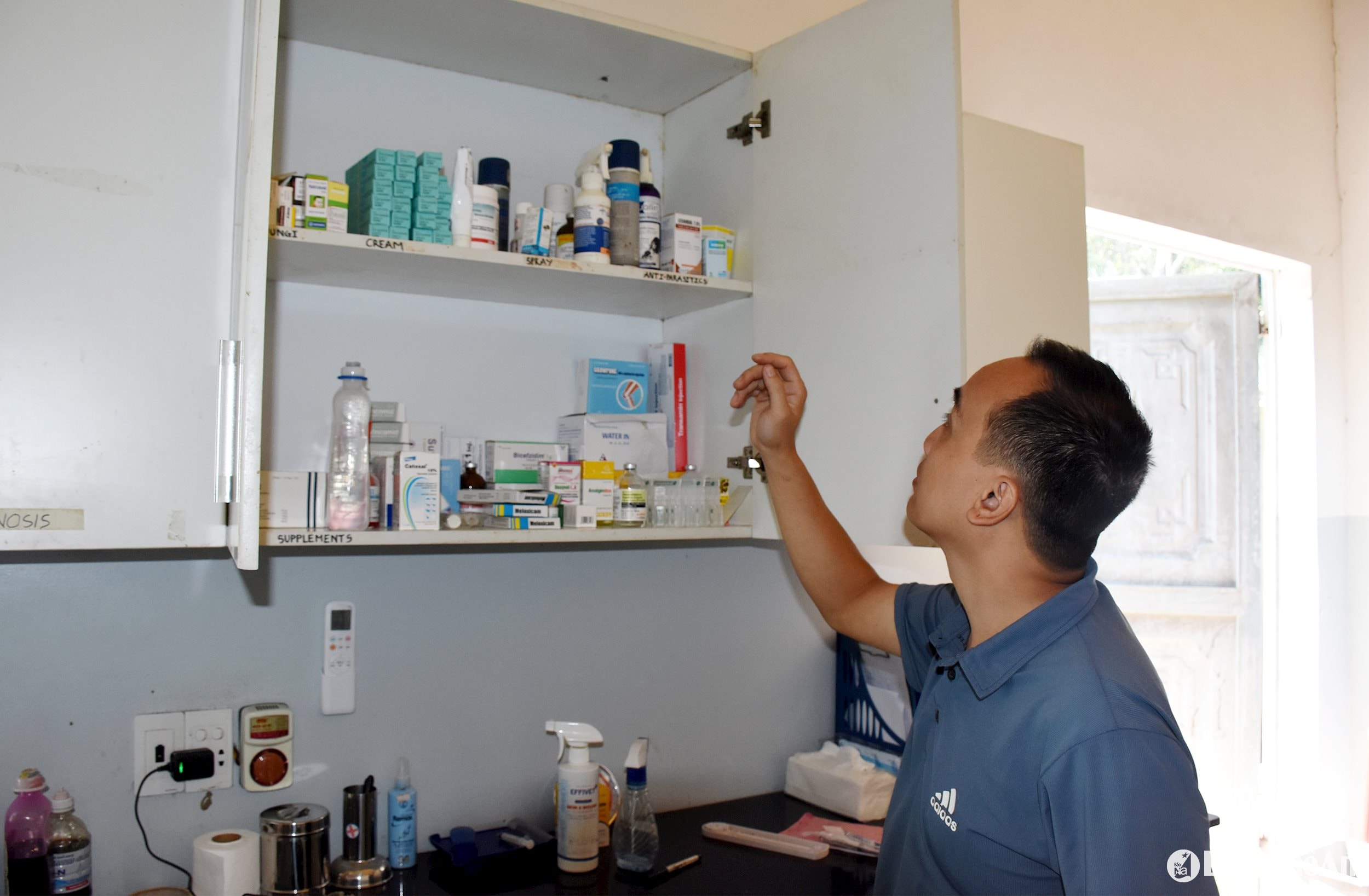
The center owns 1.5 hectares of forest and a system of cages including large cages to ensure temporary rescue for species: Carnivores, primates, porcupines, pangolins...; rescue cages for ungulates; rescue area for tortoises and turtles; iron cages to rescue cats, civets...
The center ensures minimum equipment conditions to perform rescue tasks well such as veterinary tools, feeding and care tools, refrigerators for storing medicine and has management records to monitor daily rescue work.
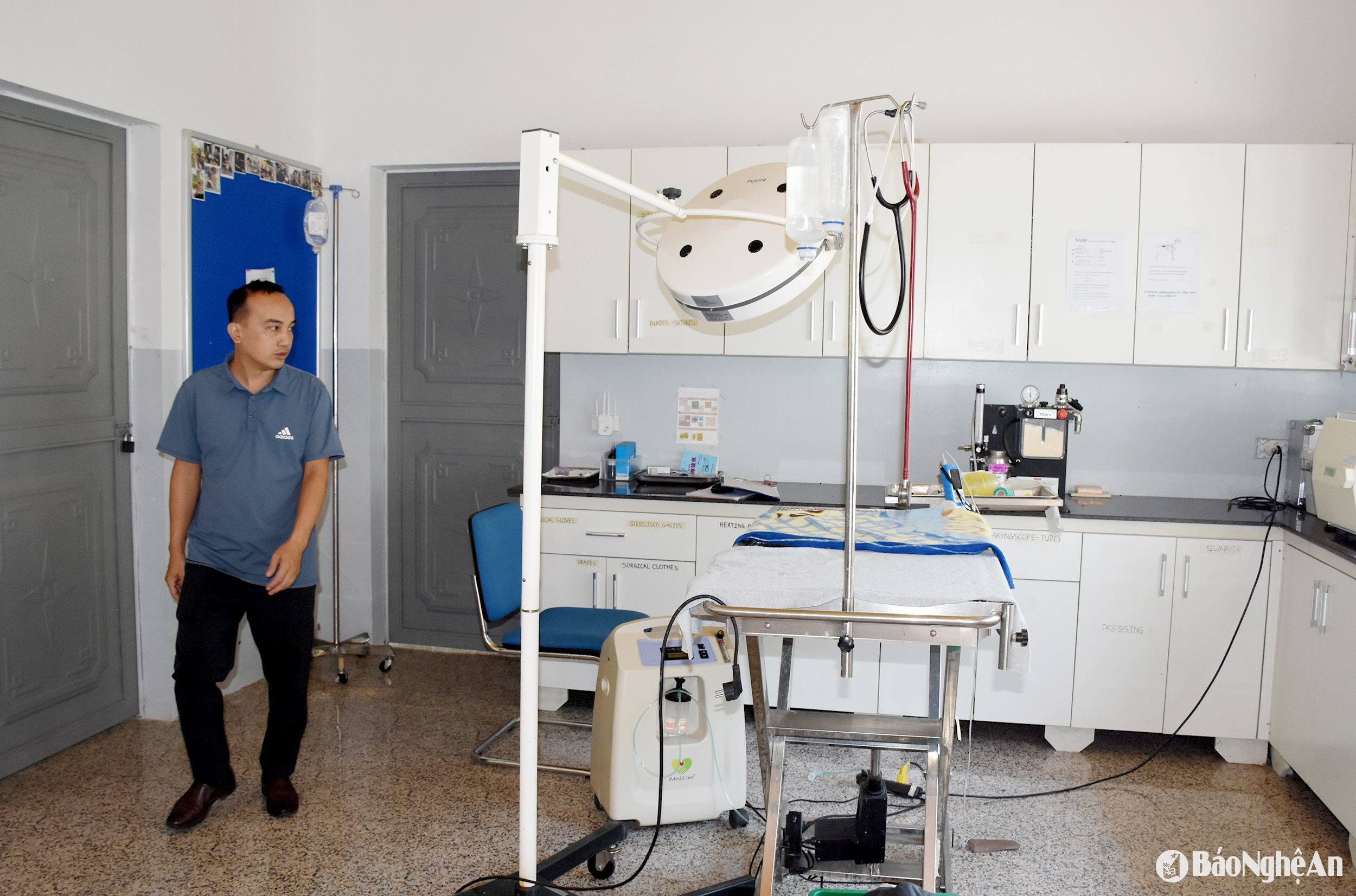
Mr. Nguyen Sy Quoc took us on a tour around the cages to visit, there are currently 23 individuals being kept at the Center. These wild animals were all confiscated by the authorities and handed over to the Center recently.
After being received, these animals are brought into captivity, and are cared for by staff, their wounds treated, and when they have recovered their health and are able to survive in the wild, they will be released into the core zone of Pu Mat National Park.
During lunch break, Mr. Quoc told us happy and sad stories about his work. The Rescue Center has 4 staff members, in addition to Mr. Quoc and Mr. Nguyen Tat Ha, there are also Mr. Dang Thanh Tuan and Mr. Loc Van Tao.
Most of the brothers live in the lowlands, and only have the opportunity to visit their families every few weeks or a month. After graduating from veterinary school, they come here to contact work and are assigned the task of rescuing and caring for wild animals confiscated during hunting and trading.
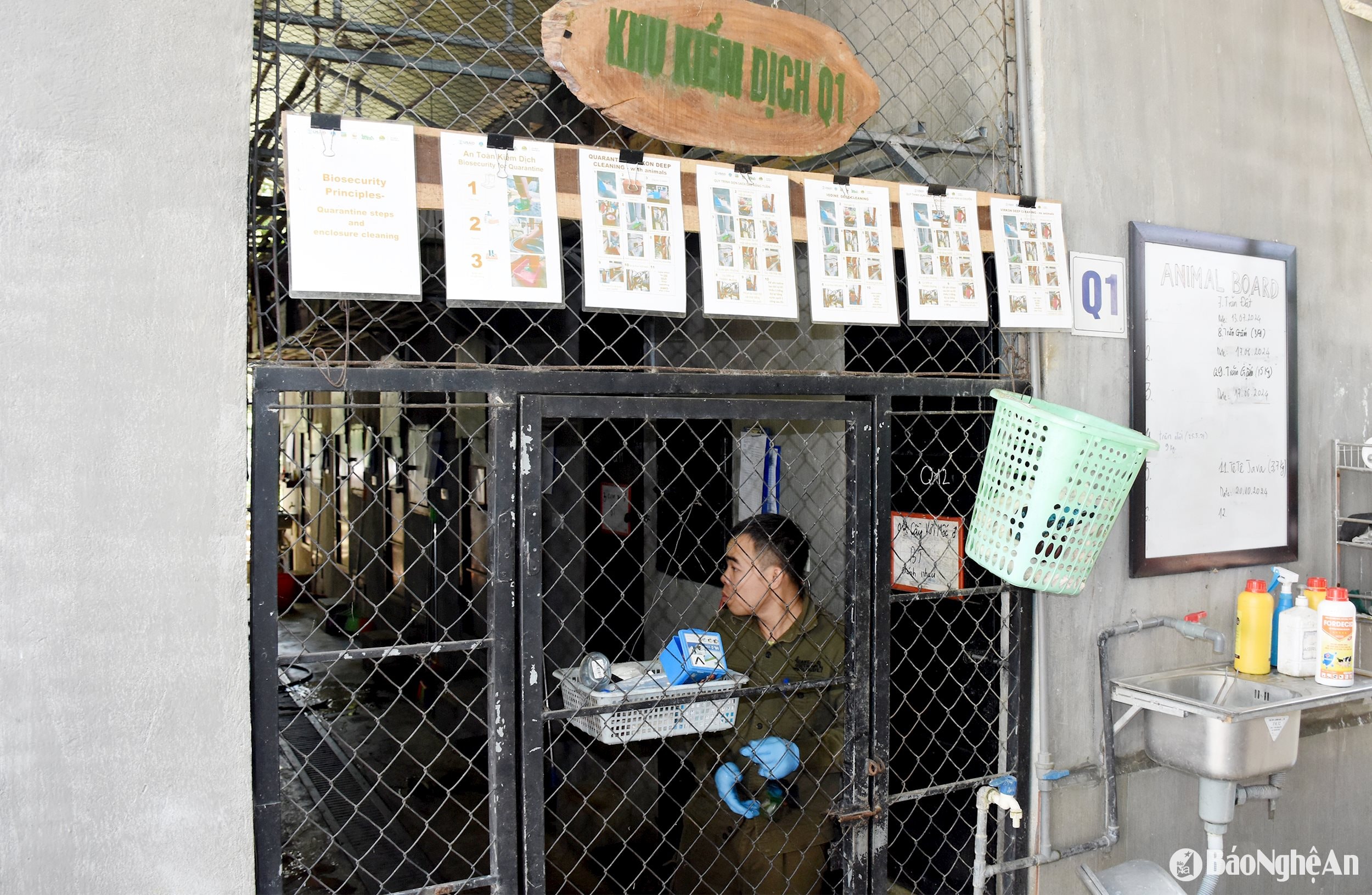
Their daily work is to prepare food, care for and treat wounds (if any) for individual animals and organize sanitation and cleaning of the barns. At first glance, it may not seem too difficult, but when you get down to it, you will see that it is not simple at all.
Because the food of wild animals is often different, some are omnivorous but some are quite picky about food, finding and ordering food for the animals being kept in captivity at the center every day is not easy. Moreover, each individual has its own "favourite" taste, forcing the staff to clearly understand their eating habits.
Quiet, dedicated
Finding food sources is not too difficult anyway, it just takes more time and effort, what is more worth mentioning are the risks and dangers that can be encountered when coming into contact with wild animals.
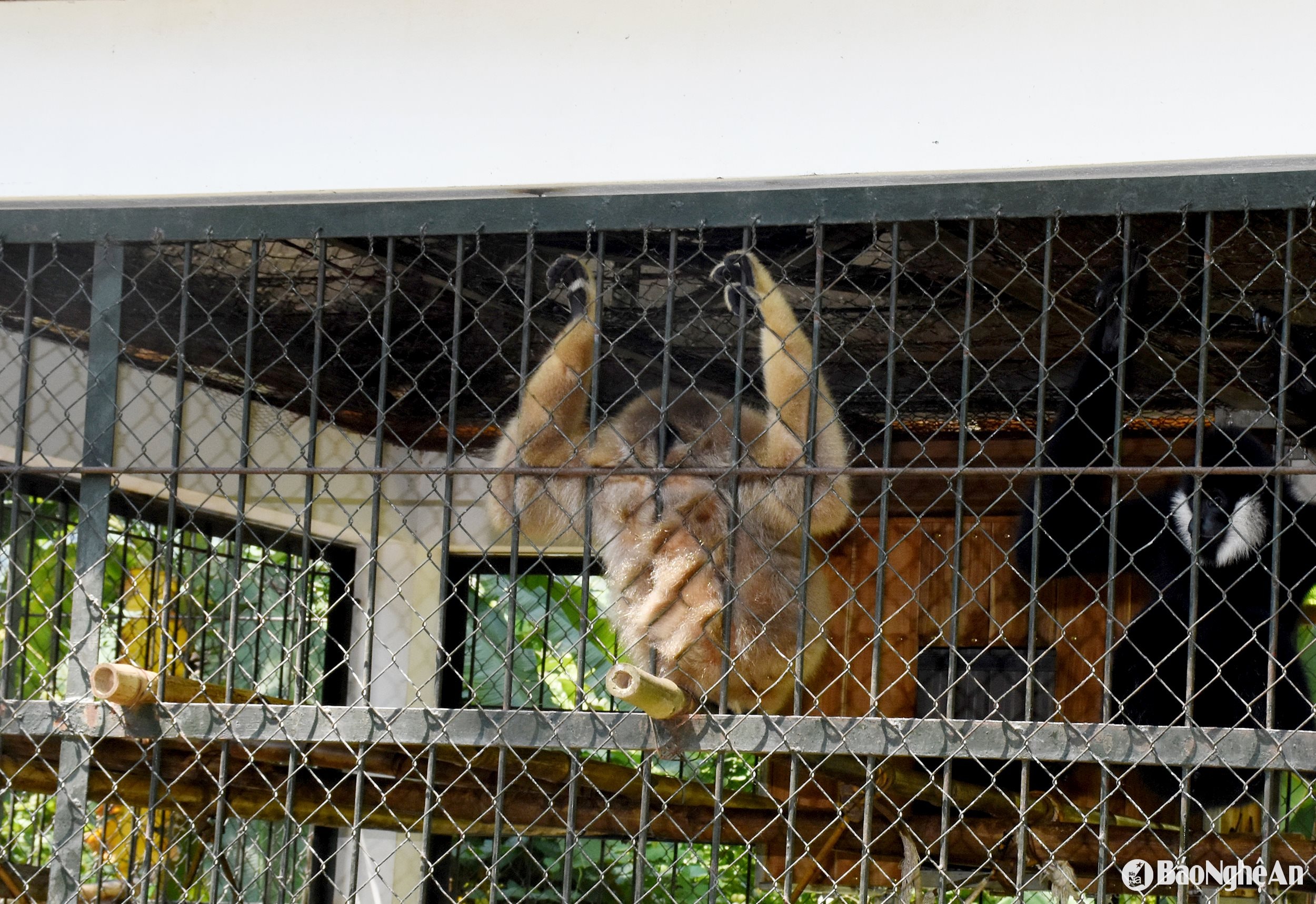
With their survival instincts, they are ready to attack those they consider to be dangerous. In particular, wild animals that are captured by humans and physically injured often become extremely aggressive. When they see human figures, they are always alert and ready to attack.
One time, while an employee was cleaning and washing the pen, a wild boar rushed at his feet at full speed. Fortunately, the employee was able to judge the situation in time and jumped up to grab the mesh used to separate the compartments. If he had not been quick, that day his calf or knee would have been “stuck” with the wild boar’s teeth.
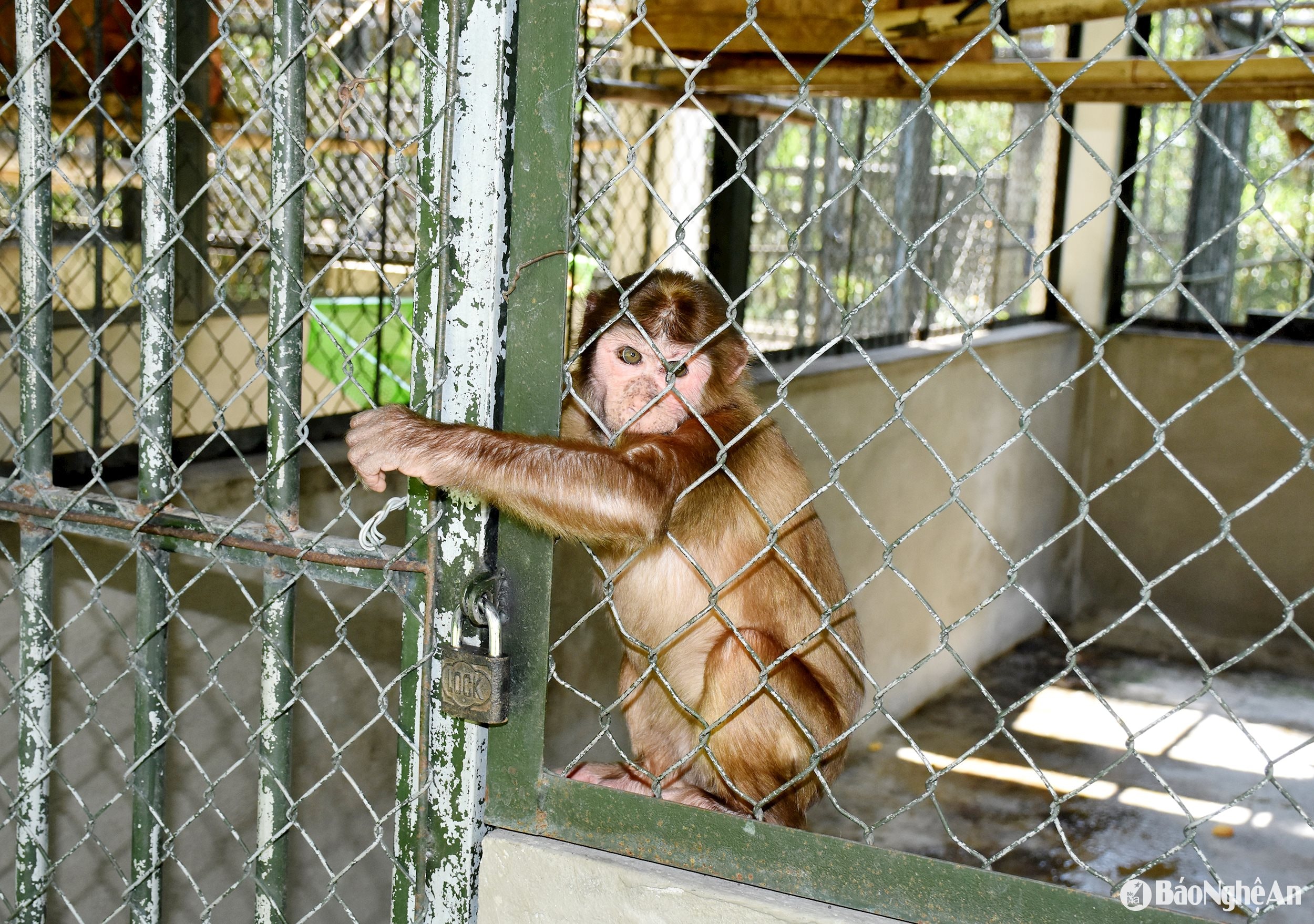
Another time, Mr. Nguyen Tat Ha approached a monkey that had just had a leg cut off by a trap set by local people. When the monkey saw people coming in, it immediately rushed forward and scratched its hands and face to relieve its pain and anger. With other ferocious animals such as tigers, bears, crocodiles, etc., employees must always be alert, cautious and keep a proper distance, otherwise it is very easy to have an “occupational accident”.
Wildlife caretakers in Pu Mat National Park always keep in mind that this is not only a job to earn a living, but also a love and responsibility for the animals that unfortunately fall into the trap of human profiteering. Only then will they have enough patience and courage to overcome hardships, worries, and sometimes dangers to complete their tasks.
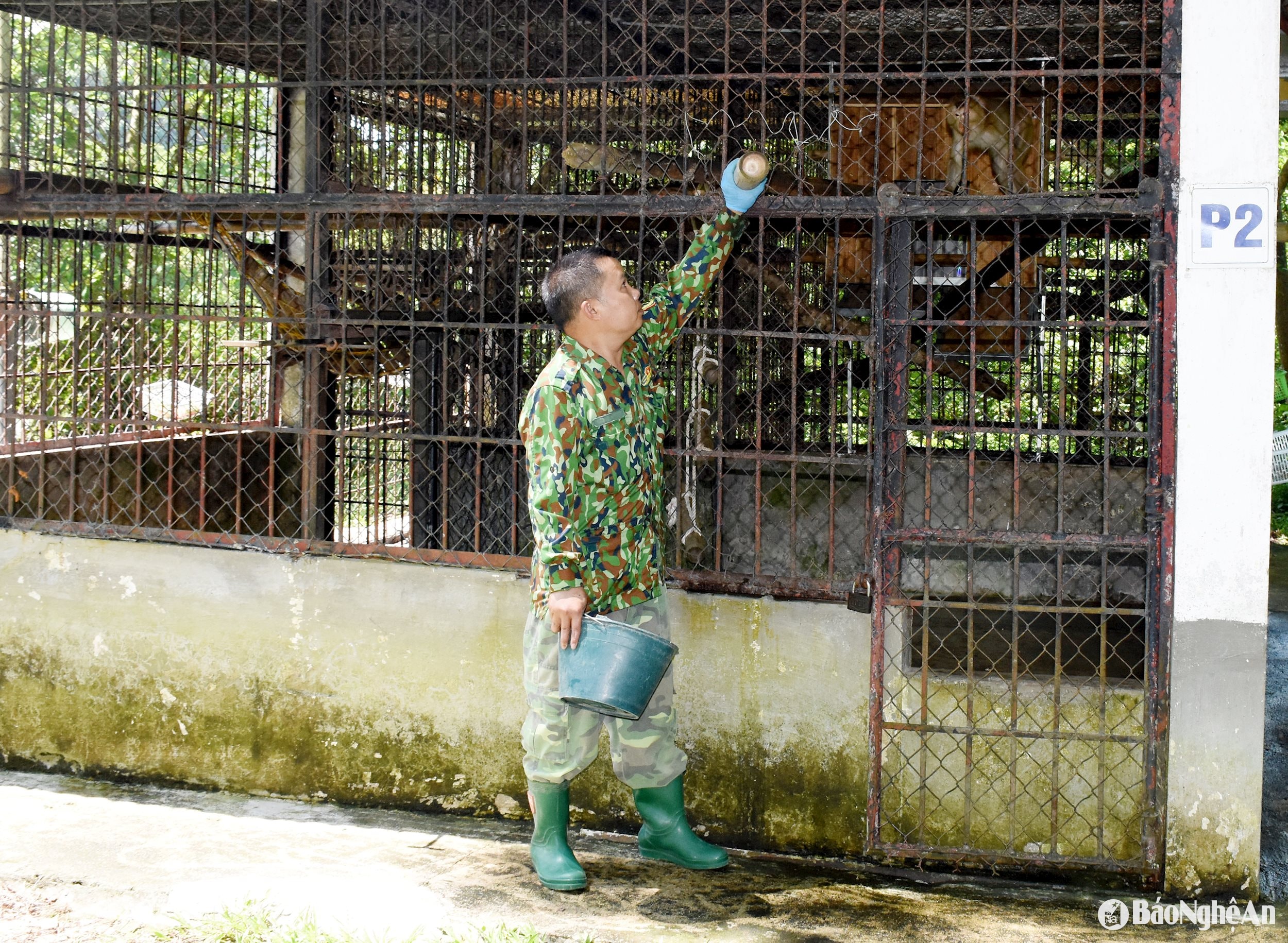
Most of the trapped animals were injured to varying degrees, and Mr. Ha and his colleagues found solutions to treat and care for them. For normal injuries, it was not too difficult, but for severe injuries, they had to use anesthesia for surgery.
The most difficult part is when approaching to control and anesthetize them, they struggle, suffer, and howl pitifully, making everyone feel heartbroken. When they wake up, exhausted, the rescuers take care of these poor animals with each meal to help them recover quickly.
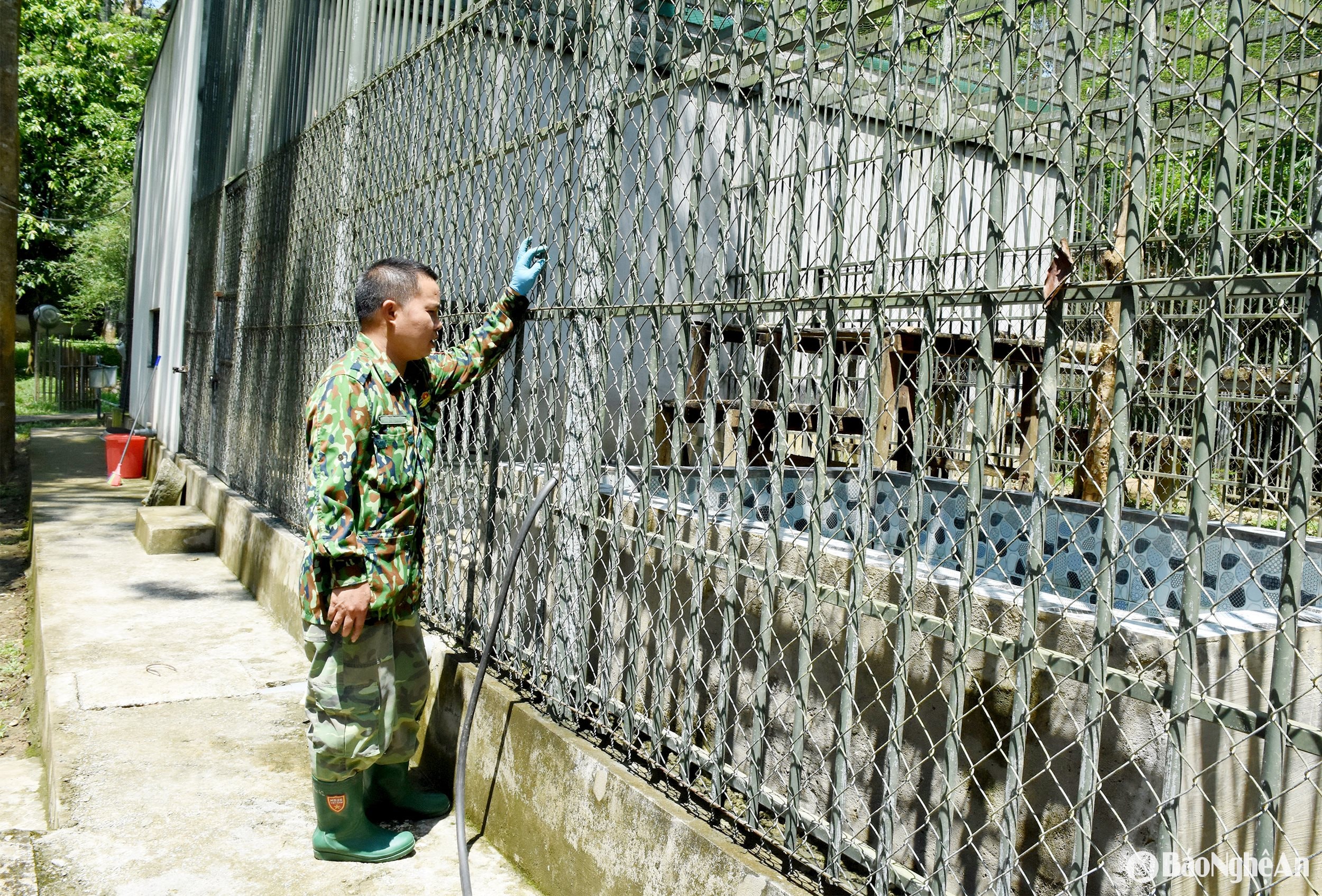
Witnessing the daily work of wildlife rescuers, we always admire their quiet, silent but extremely useful work. Thanks to them, many wild animals that have been hunted and traded are cared for and returned to the natural environment, contributing to the balance of the ecological environment.
The staff of the Wildlife Rescue Center are all trained, have expertise, skills and practice licenses. Currently, the Center is the only wildlife conservation facility in Nghe An ; here, many species of animals are preserved, rescued and released into the natural forest.
Mr. Le Anh Tuan - Director of Pu Mat National Park
Source: https://baonghean.vn/chuyen-cuu-ho-dong-vat-hoang-da-o-nghe-an-10298040.html



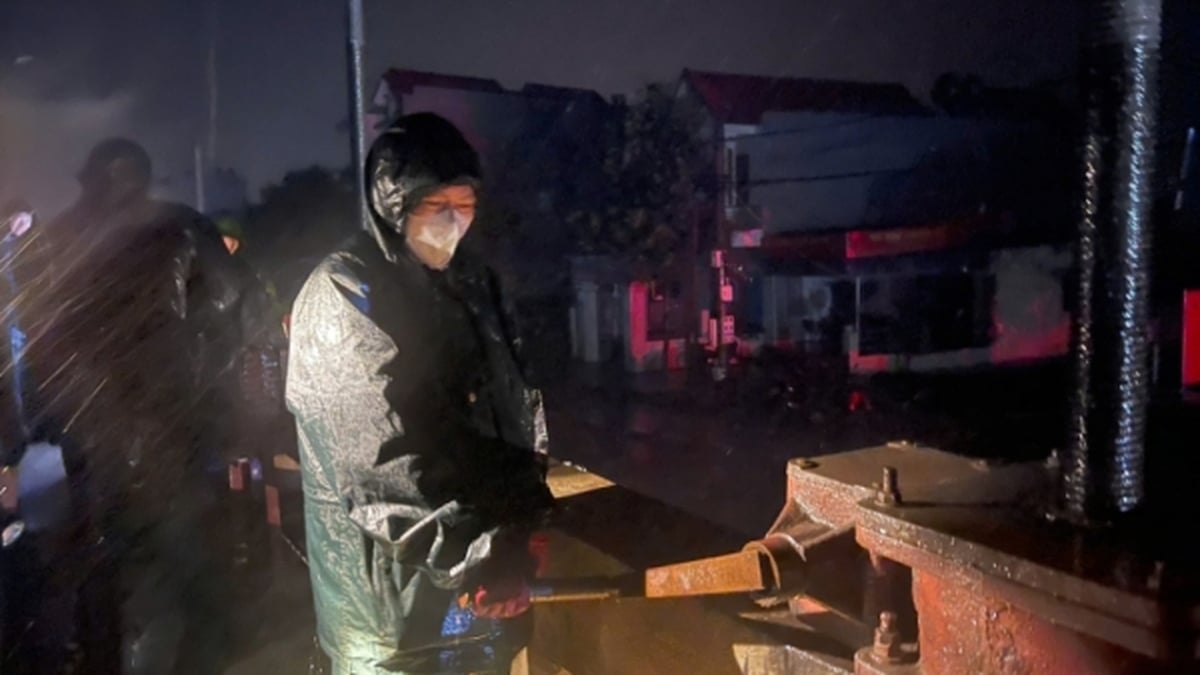

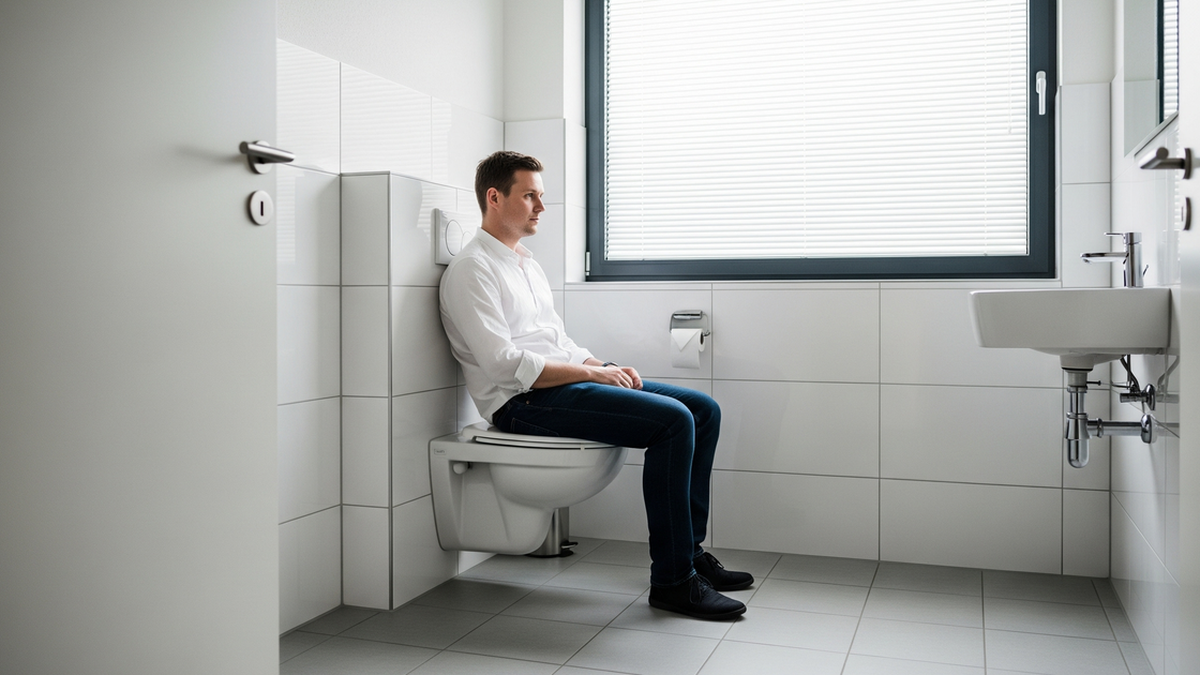
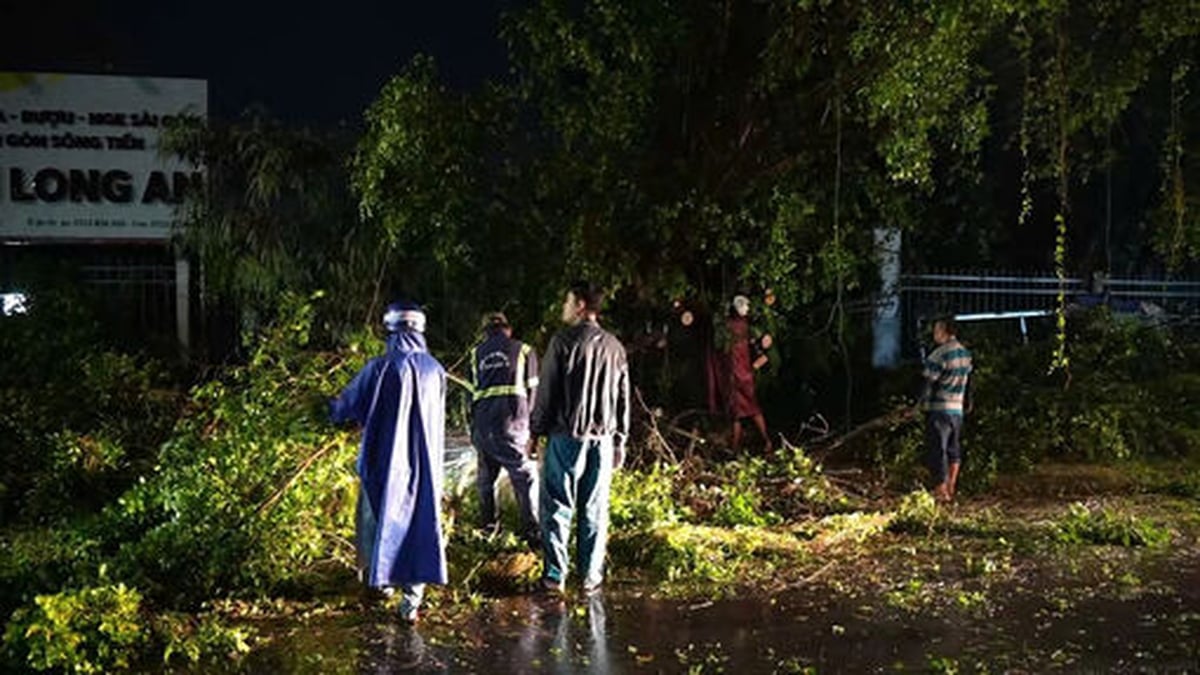
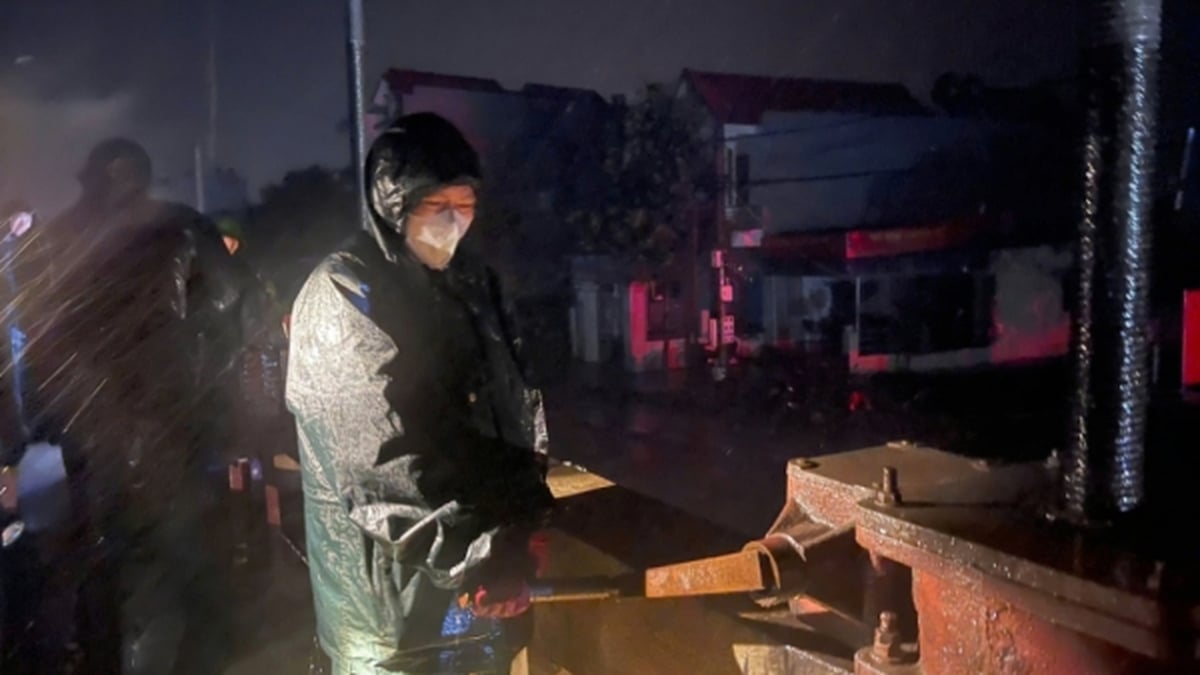

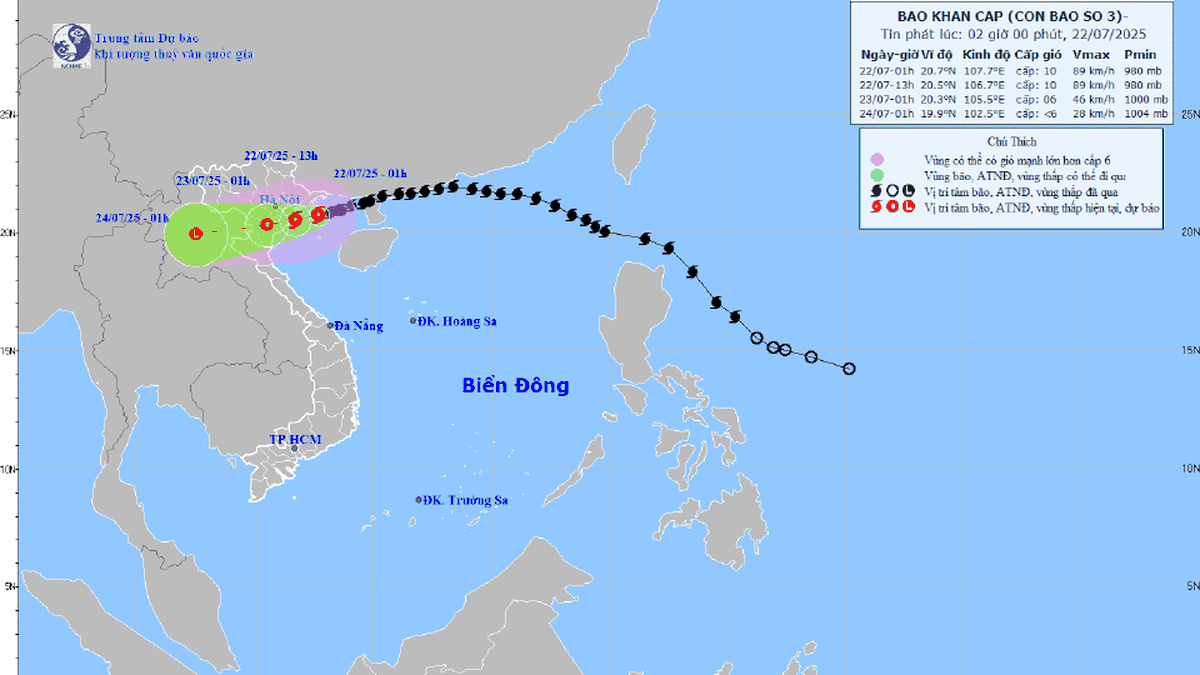
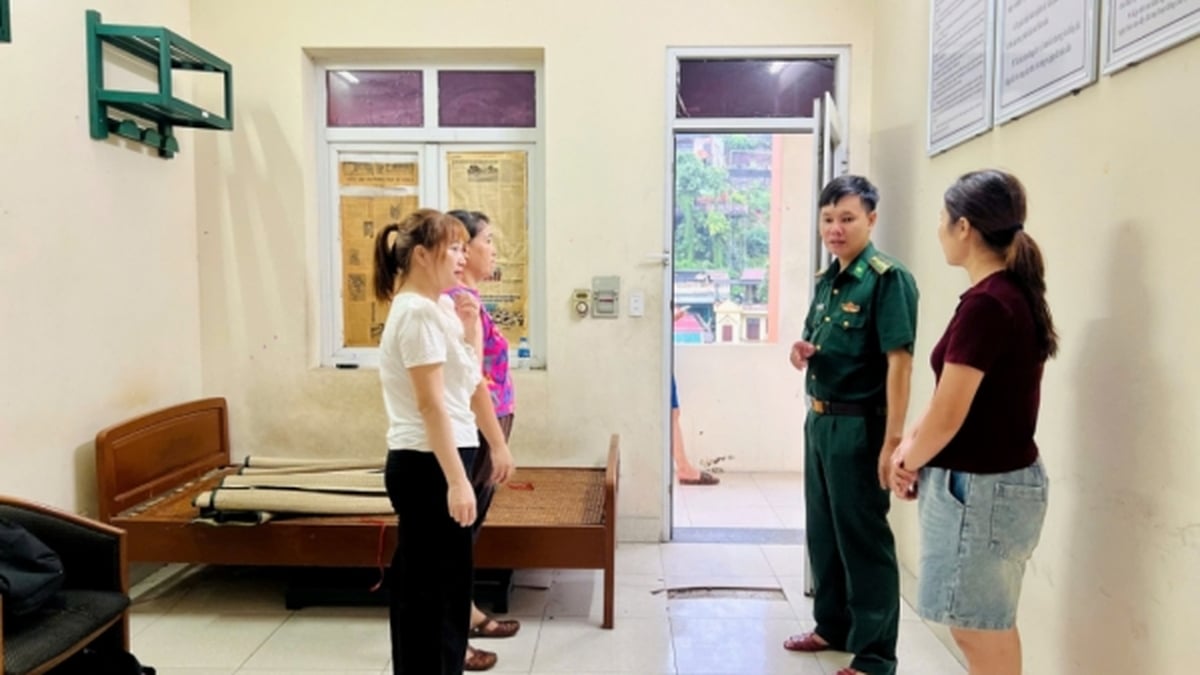
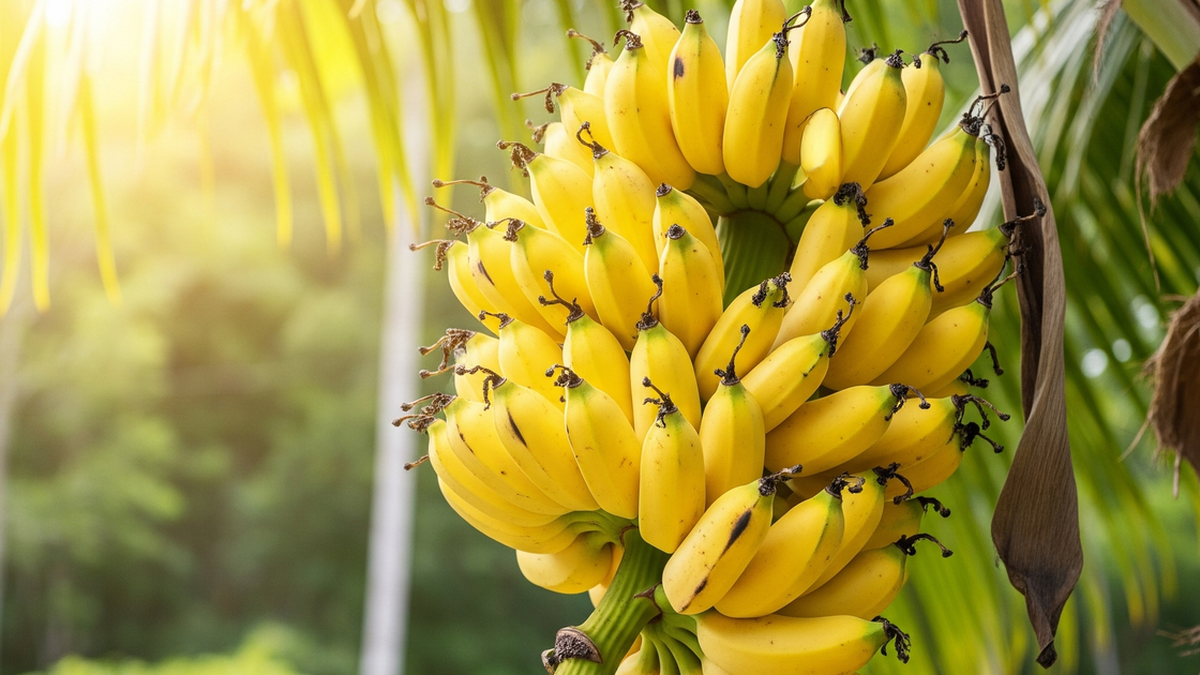










![[Photo] National Assembly Chairman Tran Thanh Man visits Vietnamese Heroic Mother Ta Thi Tran](https://vphoto.vietnam.vn/thumb/1200x675/vietnam/resource/IMAGE/2025/7/20/765c0bd057dd44ad83ab89fe0255b783)









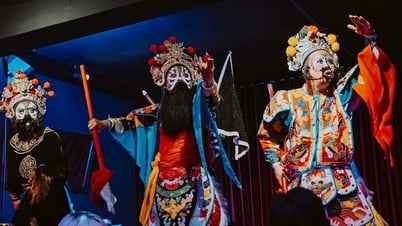
































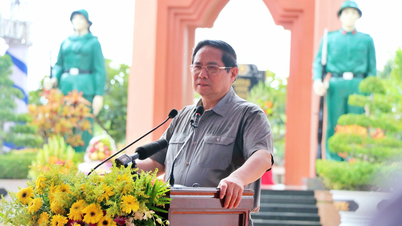
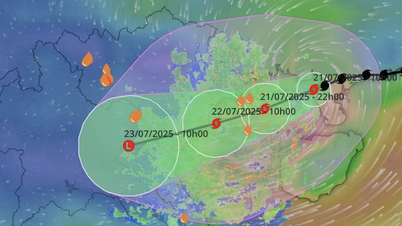




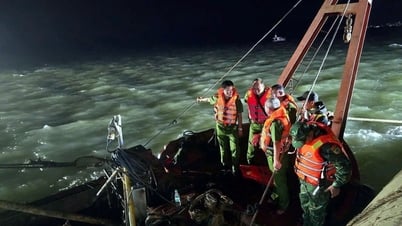






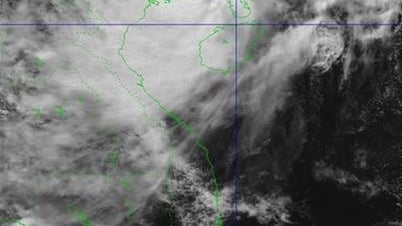



















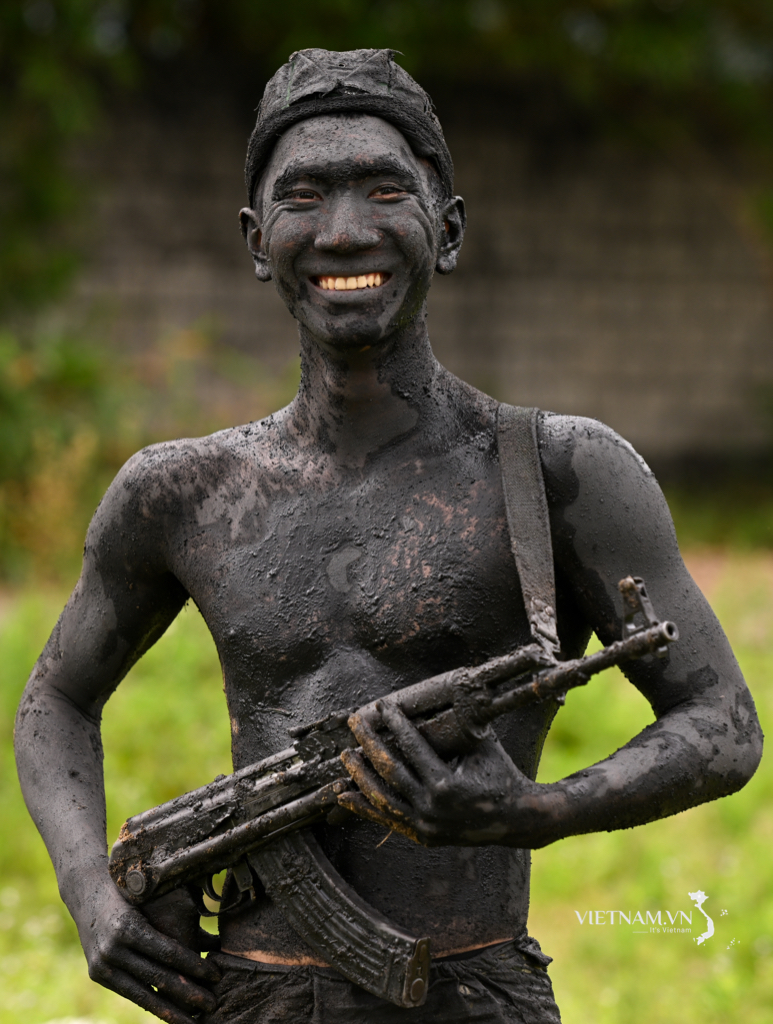
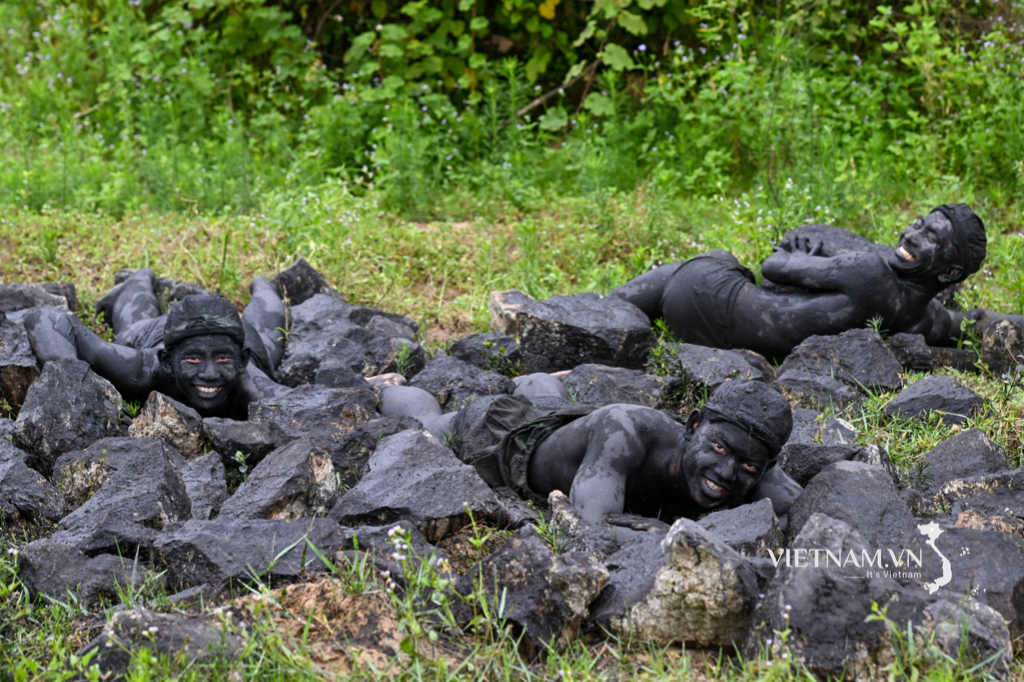
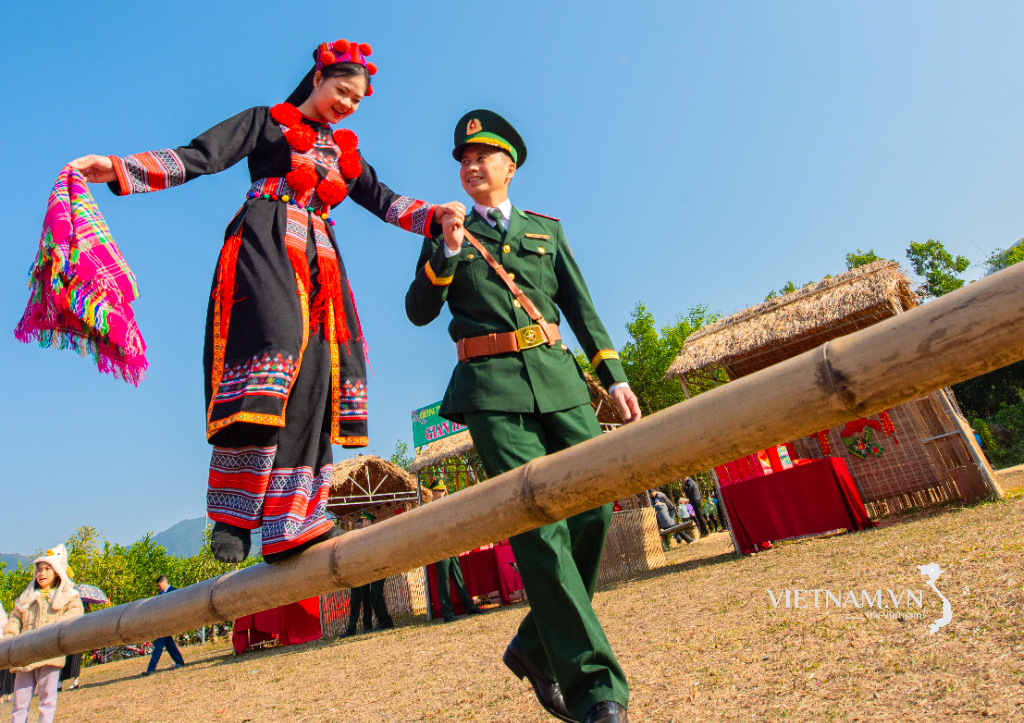
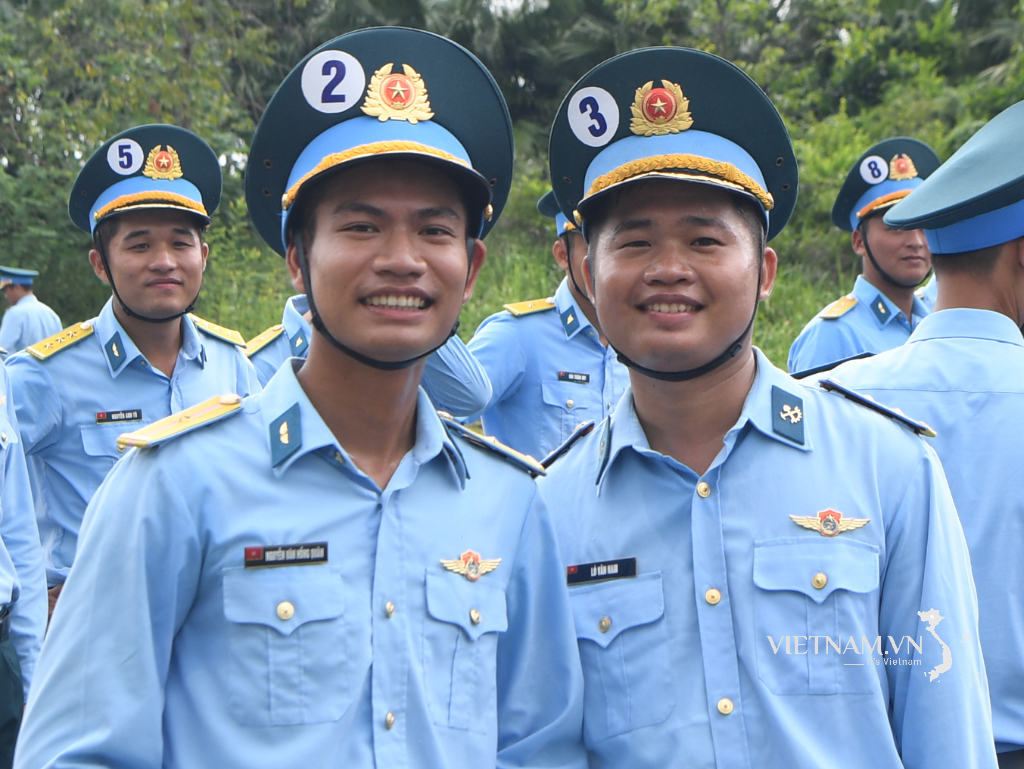
Comment (0)